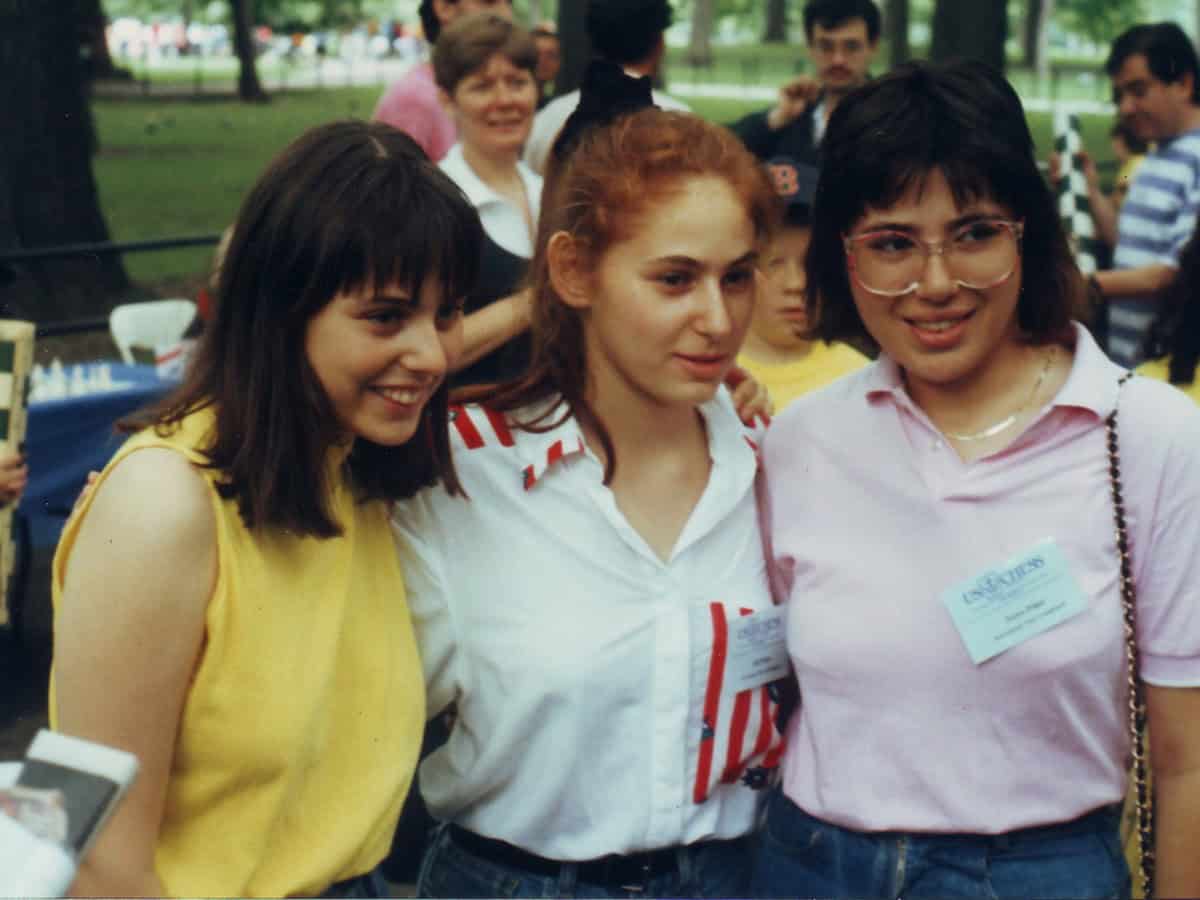
Every now and then we come across some individuals with rare talent whose prowess has changed society’s perception of human intelligence and ability. In the game of chess, the three Polgar sisters played a huge role in changing the attitude of men towards women players and bringing the fairer sex one step closer to attaining parity with the men.
Even though chess is essentially a contest of the mind and not physique, there was a time when women chess players were looked down upon. Even the legendary world champion Bobby Fischer and a host of other grandmasters and organisers were dismissive of the ability of women players.
Fischer went so far as to describe all women players to be of inferior standard. He boasted that he could beat women players even if he was given a handicap on the board. His views were echoed by top grandmasters.
Amid all this negativity, there emerged three outstanding women players all from one family. The trio was sisters Susan, Sofia, and Judit. With a series of outstanding victories in different championships, they often obliterated male players and left their critics dumbfounded.
According to the Encyclopedia Britannica, male domination of chess experienced the first tremor when the three young Hungarian sisters moved into the front line of world-class players. The feats of the Polgar sisters at early ages matched or surpassed some of those of the greatest male players.
Educational experiment
What was unique about them was that the trio was part of an educational experiment carried out by their father Laszlo Polgar, a Hungarian academician who wanted to prove that children could achieve anything if they were trained in a specialized subject from a very early age. “Geniuses are made, not born,” was his theory. He and his wife Klara educated their three daughters at home, with chess as the principal subject.
The world’s human population is around 8 billion. To climb to the top rung of any profession among such a vast number, requires extraordinary talent, extremely hard work and loads of luck. For three siblings from one family to achieve such greatness was nothing short of a miracle.
Susan became top-ranked player
The results that the sisters obtained astounded everyone. At the age of 15, the eldest sister Susan became the top-ranked female chess player in the world. In 1991, she became the third woman to be awarded the title of Grandmaster by FIDE. She won eleven medals at the Women’s Chess Olympiad (4 gold, 4 silver and 3 bronze).
Sofia follows in her sister’s footsteps
The second sister Sofia holds the FIDE title of International Master and Women’s Grandmaster. She represented Hungary in four Chess Olympiads and won two team gold medals, one team Silver, three individual Golds, and one individual Bronze.
The Sack of Rome
Among her other achievements, Sofia is well known for an episode that was later called the “Sack of Rome”. During a tournament in Rome in 1989, she won the event with a score of 8.5 points. Her victims included 10 Grandmasters of chess and Sofia was only 14 years old at the time. It sent shock waves throughout the world.
Judit, the best in history
But it is the youngest sister Judit who is widely regarded as the strongest woman player in the history of chess. In 1991, Judit took the title of Grandmaster and was then the youngest to have done so, breaking the record previously held by former world champion Bobby Fischer, the man with such a poor opinion of women. Judit was the youngest player ever to break into the FIDE top 100 players rating list, ranking No. 55 in the January 1989 rating list at 12.
On the way, she defeated male superstars such as Nigel Short and Gary Kasparov. These sisters’ success was largely responsible for changing the widely held perceptions about women’s chess players. Judit has repeatedly emphasized that women can achieve as much as men if they are given the right kind of encouragement and training.
The sisters are no longer active players but the feats that they achieved with talent, hard work and the vision of their father, have inspired the women players of the present. Will the world see more players of the same calibre as these three sisters?
More importantly since India is now making waves in world chess, will Indian girls emulate them? To get the answer to that question, we need to wait and watch. No one knows how long.

